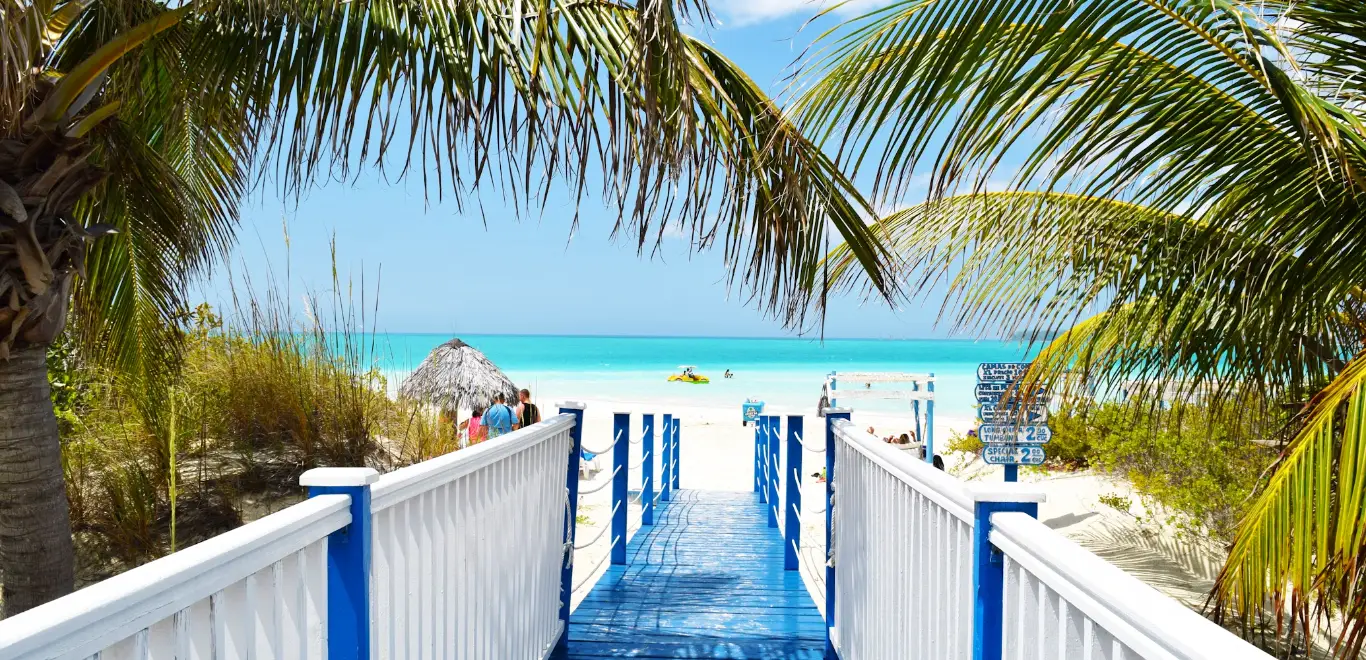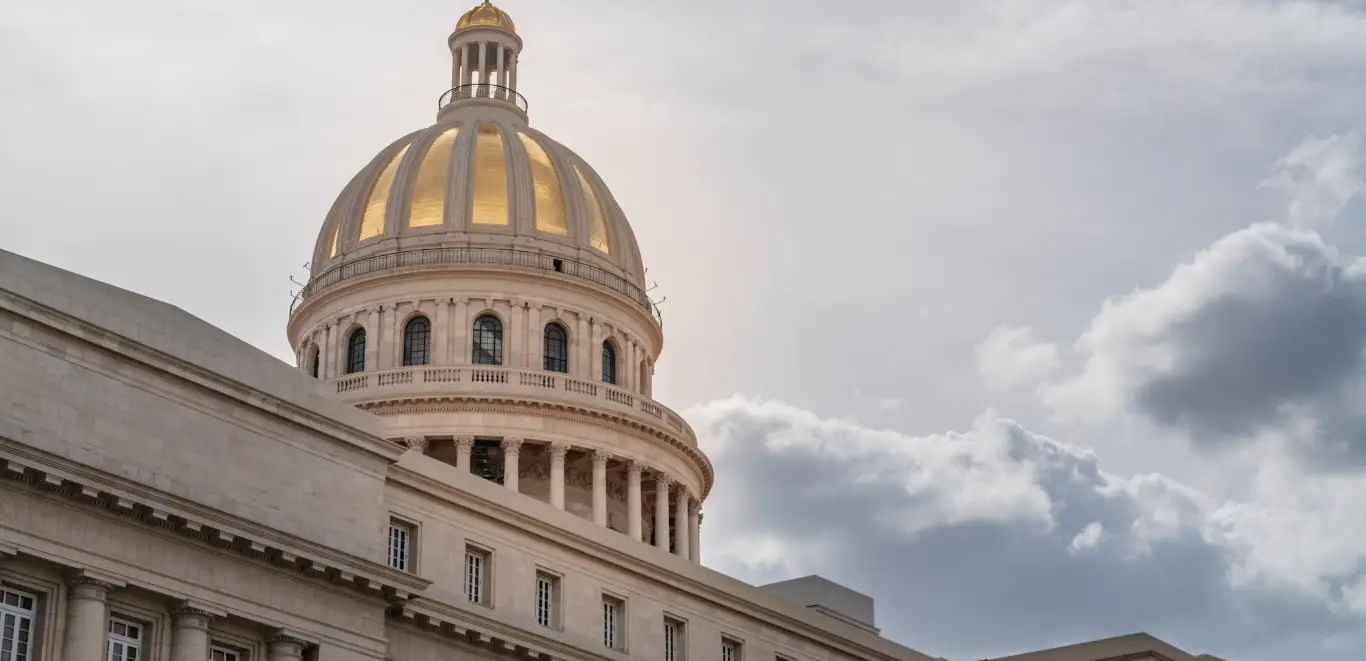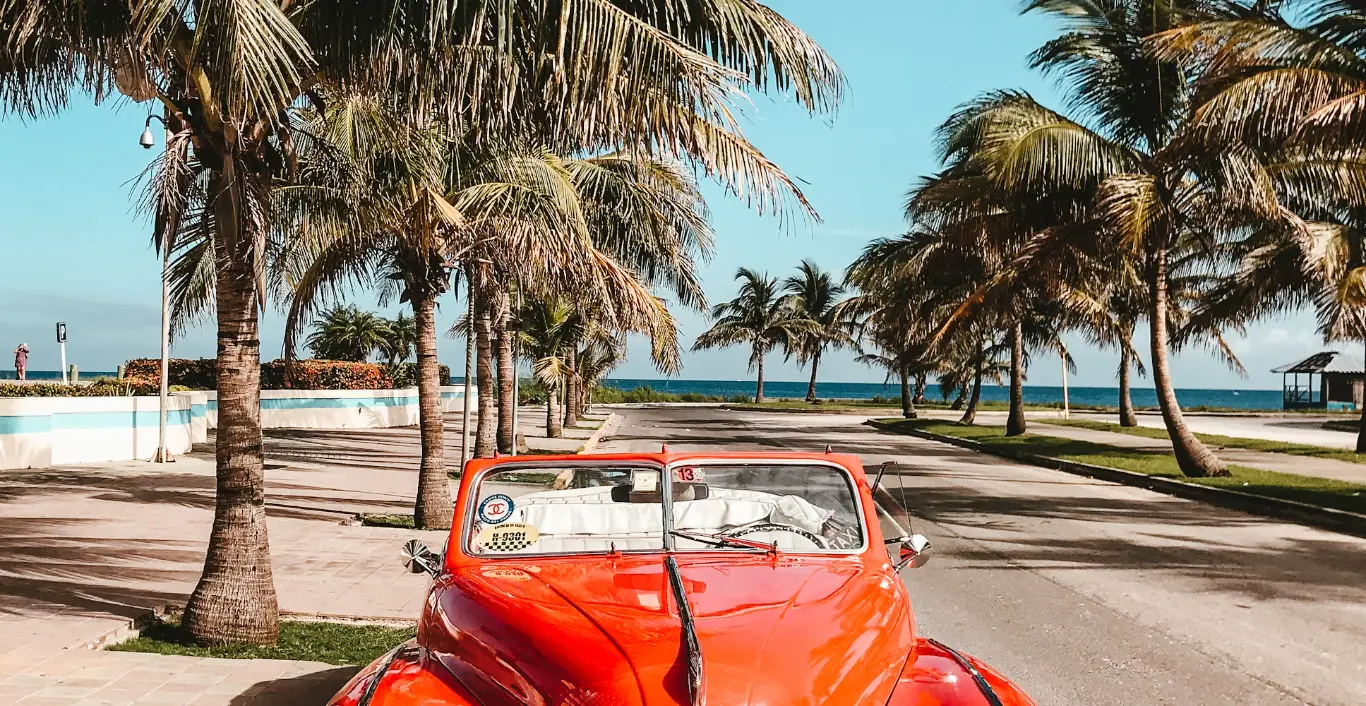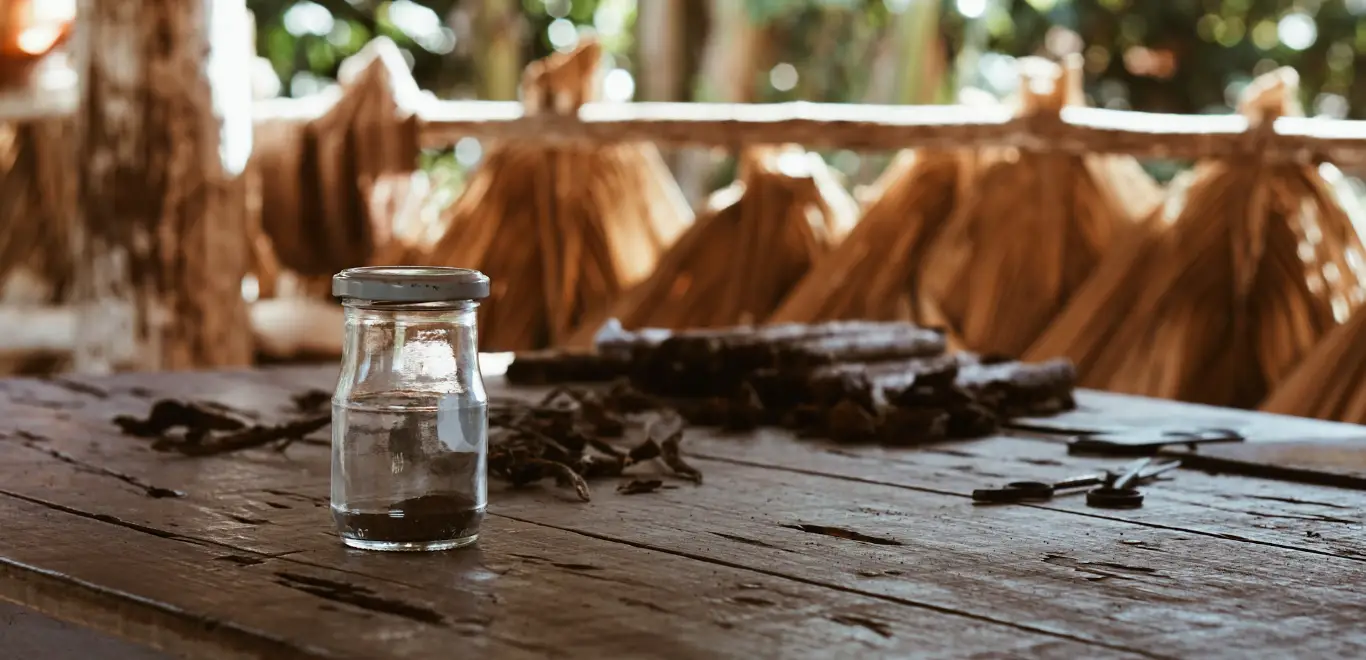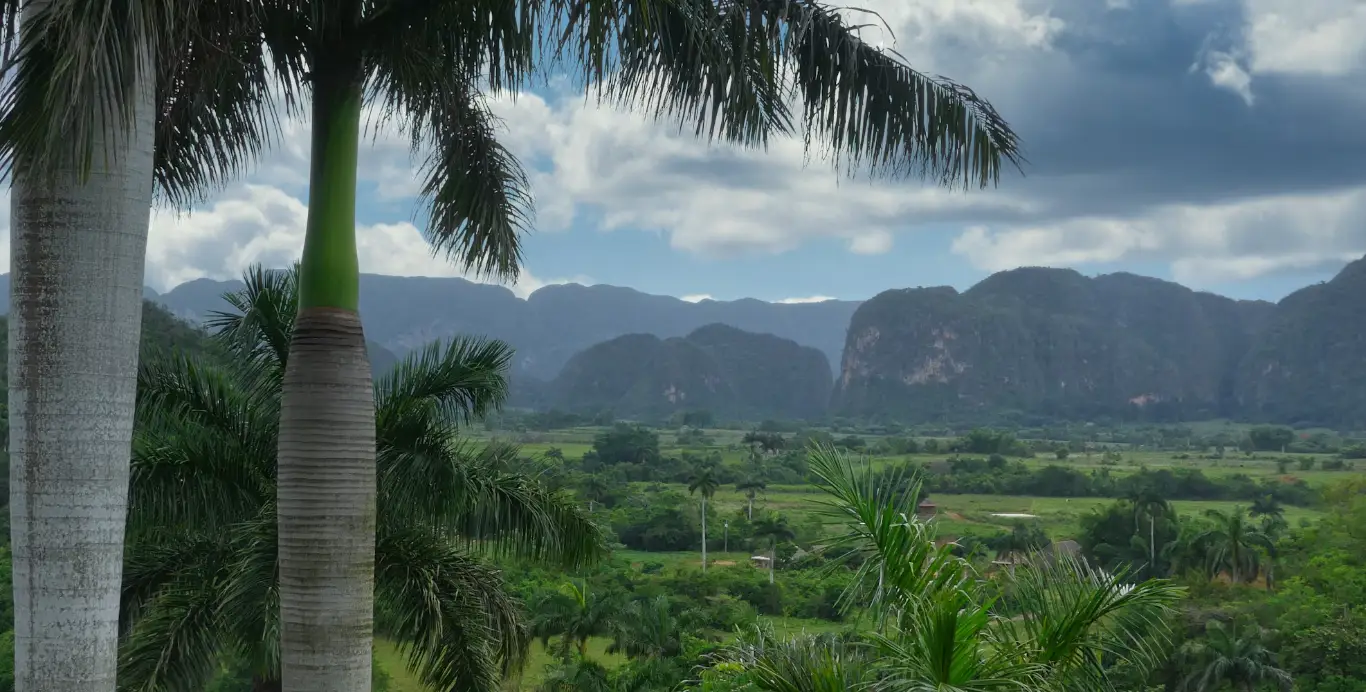This website is under construction, some data may be incorrect or missing.

The best places to visit
Build your trip and be ready to live the Cuban Experience!

The biggest city in the caribbean is waiting for you!

News & Articles

Staying Connected in Cuba
While internet access is limited in Cuba, you can connect through Wi-Fi hotspots, often found in public squares, hotels, and some restaurants. Purchase a local SIM card or consider a data plan from your international carrier for more reliable connectivity.

The Allure of Varadero Beach
Varadero, a popular beach resort town, boasts pristine white-sand beaches, crystal-clear turquoise waters, and a wide range of water sports. Relax on the beach, enjoy a refreshing swim, or explore the nearby coral reefs for snorkeling or diving.

Respecting Cuban Culture and Customs
Cuba is a vibrant country with unique cultural norms. Respect local customs, such as dressing modestly, especially when visiting religious sites. Learn basic Spanish phrases to enhance your interactions with locals and show appreciation for their hospitality.

Viñales Valley: A Natural Wonder
The Viñales Valley, a UNESCO World Heritage site, is a picturesque region known for its towering mogotes (limestone rock formations) and lush tobacco plantations. Hike through the valley, visit a tobacco farm to learn about the production process, or take a horse-drawn carriage ride.
